Have you been noticing some cat pregnancy signs? It’s time to know your pregnant cat basics.
If your sweet little kitty is in the “family way” and you’re not a breeder, this could be your first experience with cat pregnancy.
You might be worried, nervous, and overwhelmed because you don’t know the first thing about feline pregnancy or how to take care of your little princess in her delicate state.
No need to worry, cats naturally make excellent mothers and most of the time, there are no complications during cat pregnancy.
You will find out all you need to know about the cat gestation period and pregnancy right here and from your veterinarian (yes, it is highly recommended you schedule a prenatal visit!)
Maybe you are wondering how this all started? Well, if your feline is accustomed to going outdoors frequently (and is not spayed) then this should be obvious.
If not, you need to find out how she is able to sneak out of your home after hours, not just to prevent future litters but for her safety’s sake.
Pregnancy “happens” after a female cat enters her heat cycle (known as oestrus or estrus.)
It is during the estrus cycle that she is fertile and can become pregnant from a male tomcat.
In fact, a female can mate with multiple males during her fertile period, which means the kittens from one litter can have different fathers!
Cat Pregnancy Signs
Early cat pregnancy signs can involve a decrease in appetite and overall she may become less energetic. Sometimes, there can be some vomiting.
These early pregnancy signs can point to other illnesses, however, so a visit to the vet may be called for just to be safe and to rule out other possibilities.
Generally speaking, as long as she is eating some food, drinking water, and is not losing weight then the veterinarian will be able to confirm a pregnancy between 15 and 20 days after mating by palpating her abdomen.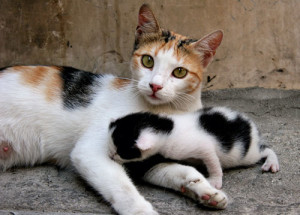
Unfortunately, there are no blood or urine tests that can be used to determine a cat pregnancy, and X-rays and ultrasound are too risky to the in-utero kittens at this very early stage.
At about the 4 week mark of cat pregnancy, the pregnant female (queen) will start to “show” and her nipples will become larger and darker.
She might start biting and removing the surrounding hair around the nipples as she prepares for the little ones’ arrival.
Other Possible Signs of Cat Pregnancy
At any time during the 62 day cat gestation period she stops eating, has an elevated temperature, becomes listless, or licks her vulva excessively, there could be a problem with the pregnancy and she should be taken to the vet for possible surgical or medical intervention.
It is not uncommon for some or all kittens to be reabsorbed back into the body during pregnancy.
It is somewhat rare and usually does not have to be a concern, it is just something to be aware of if your pregnant cat shows any suspicious symptoms.
Home Care for Your Pregnant Cat
So the mother-to-be has been checked by the vet, and she is perfectly healthy and in the clear. Whew! Now you just need to know how to provide your pregnant cat the best prenatal care possible.
It begins with proper nutrition, of course. It is important that a pregnant cat receives a diet that is highly nutrient dense.
Your Pregnant Cat’s New Diet
Wet food and dry food or a combination of both are acceptable for cat pregnancy, just make sure they are of a good quality.
Look for foods that contain meat as the first ingredient, as opposed to corn meal. Cats are “super carnivores” that require very high levels of protein to thrive.
These foods are more expensive, but she will not need to eat as much of it, and there will be less litter box waste to have to clean.
If you are currently feeding your pregnant cat a low-quality food, switch it gradually by mixing it in with the higher-quality food.
A gradual change will help prevent stomach upset and she will be less likely to turn her nose up at it.
By about 2 weeks into pregnancy, gradually begin increasing her normal food amounts. If you are not sure how much more to feed her, err on the side of overfeeding slightly.
If overeating and obesity are not issues for her, free feed if possible. Her body is going through lots of changes and she will have many kitten mouths to feed soon!
By the time she is ready to deliver her newborn kittens, she should be receiving 25% to 50% more than her normal maintenance needs.
Do not be alarmed if she does not eat at all the day prior to or the day after her delivery, this is normal. Do make sure she doesn’t go any longer than this without eating, however.
Preparing for Kittens
As the time to deliver approaches, your pregnant cat will begin looking for the 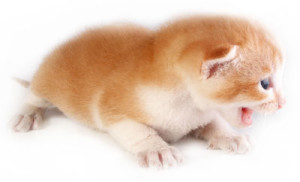 perfect place to have her litter.
perfect place to have her litter.
Make sure you pay attention to her cues: You don’t want her to go outside and have her litter under the porch or any other non-ideal ocation.
Away from foot traffic and other pets is optimal.
If she seems to favor your closet, put some towels or a blanket in a good-sized box and place it in the corner. Introduce her to it, but do not force her.
Mama cats are picky, and you may find that even after her kittens are born, she will try to move them elsewhere.
The Cat Gestation Period is Over–It’s Kitten Time!
Your vet has given you all the health reassurance you need for your pregnant cat, you have been feeding her right and provided the best nesting box,, and now you are about to meet her newborn kittens!
This is the part you have been preparing for! The cat pregnancy is over, now its time to get ready for your her kitten delivery.
Find out more about cat pregnancy at Our Happy Cat.com
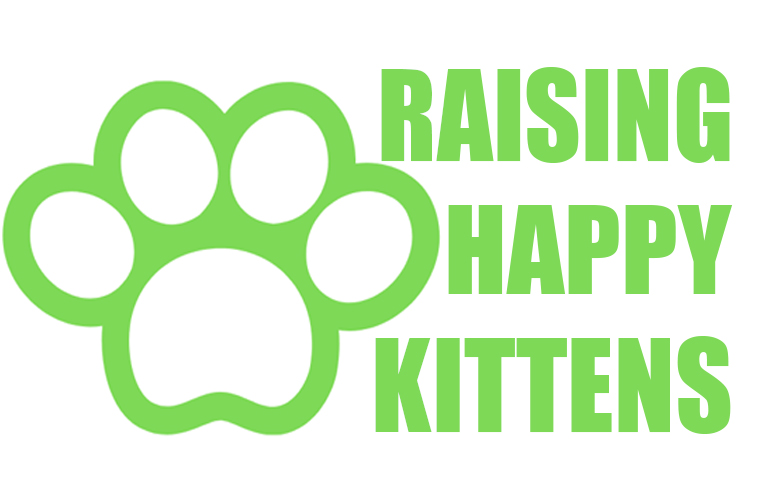

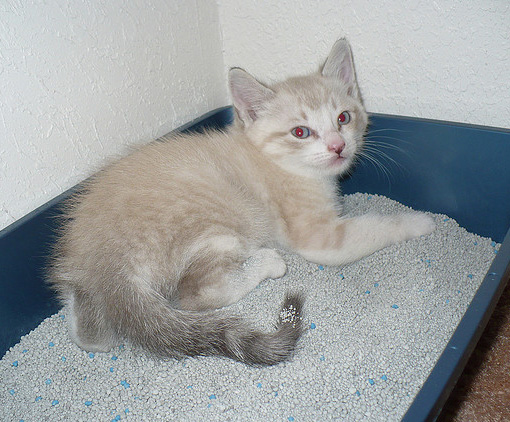
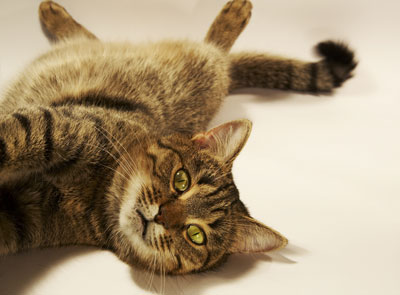
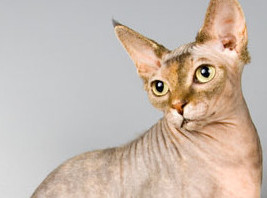
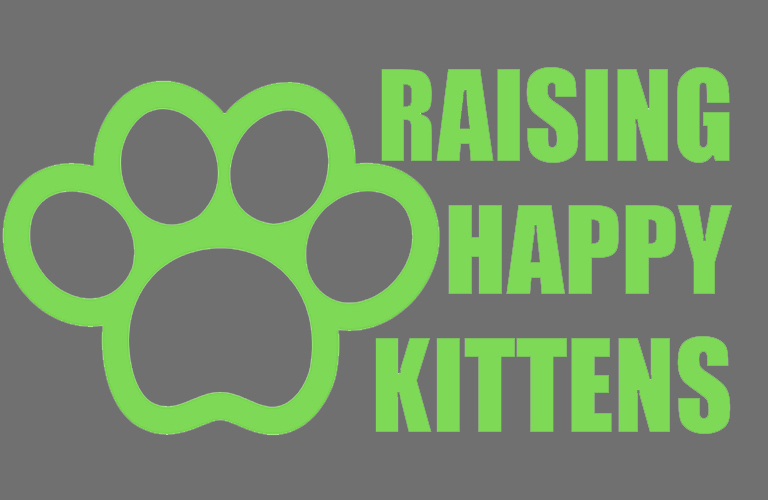
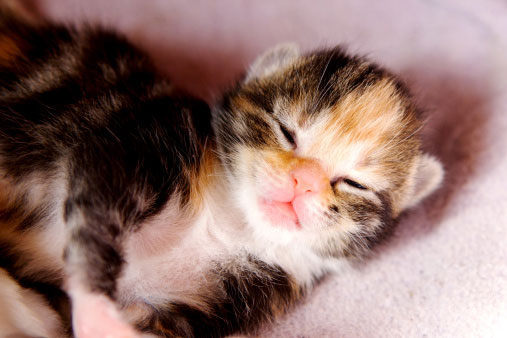
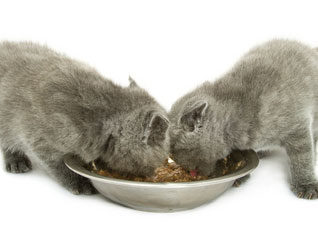
I suspect that my cat is pregnant. It scares me because I don’t know how I will find people to adopt her kittens later. Any suggestions?